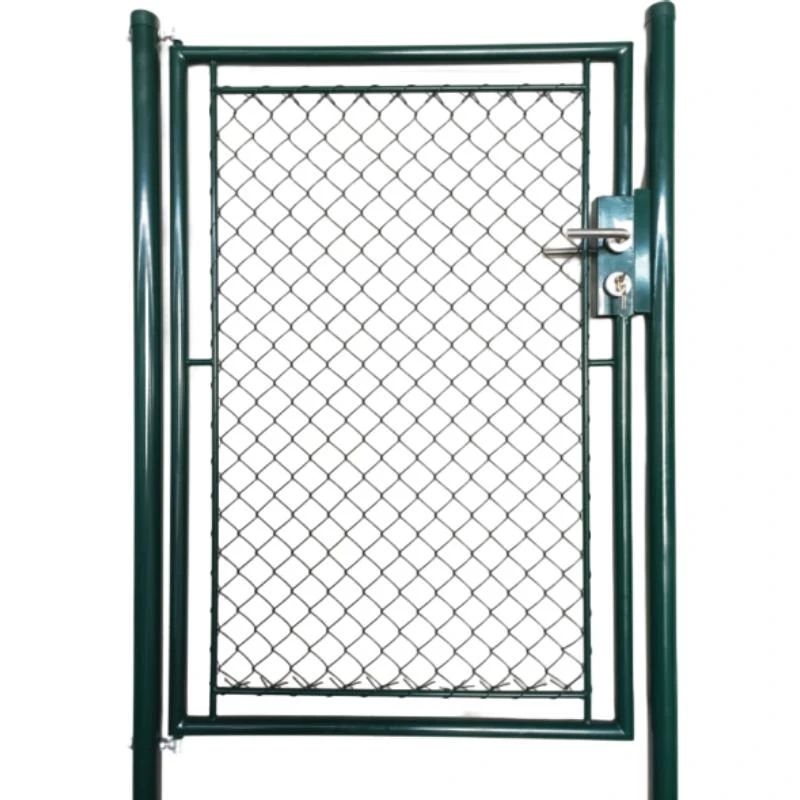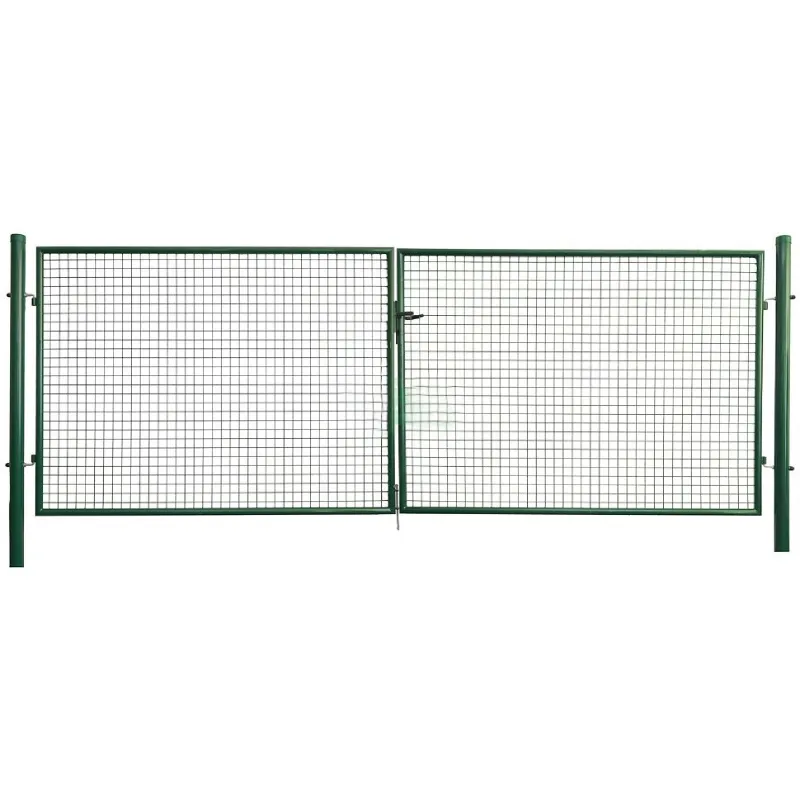-
Imèl:zhao@hyliec.cn
-
Tel:+86 311 85273988
-
whatsAPP:8613931128750
-
 Afriken
Afriken -
 Albanè
Albanè -
 Amarik
Amarik -
 Arab
Arab -
 Amenyen
Amenyen -
 Azerbaydjan
Azerbaydjan -
 Basque
Basque -
 Belarisyen
Belarisyen -
 Bengali
Bengali -
 Bosnyen
Bosnyen -
 Bulgarian
Bulgarian -
 Catalan
Catalan -
 Cebuano
Cebuano -
 kors
kors -
 Kwoasyen
Kwoasyen -
 Czech
Czech -
 Danwa
Danwa -
 Olandè
Olandè -
 angle
angle -
 Esperanto
Esperanto -
 Estonyen
Estonyen -
 Finnish
Finnish -
 franse
franse -
 Frisyen
Frisyen -
 Galisyen
Galisyen -
 Jòjyen
Jòjyen -
 Alman
Alman -
 grèk
grèk -
 Gujarati
Gujarati -
 Kreyòl ayisyen
Kreyòl ayisyen -
 hausa
hausa -
 Hawaiian
Hawaiian -
 ebre
ebre -
 Non
Non -
 Miao
Miao -
 Ongwa
Ongwa -
 Icelandic
Icelandic -
 igbo
igbo -
 Endonezyen
Endonezyen -
 Ilandè
Ilandè -
 Italyen
Italyen -
 Japonè
Japonè -
 Javanèz
Javanèz -
 Kannada
Kannada -
 kazak
kazak -
 Khmer
Khmer -
 Rwandan
Rwandan -
 Koreyen
Koreyen -
 Kurdish
Kurdish -
 Kyrgyz
Kyrgyz -
 TB
TB -
 Latin
Latin -
 Latvian
Latvian -
 Lityanyen
Lityanyen -
 Luxembourgish
Luxembourgish -
 Masedwan
Masedwan -
 Malgashi
Malgashi -
 Malay
Malay -
 Malayalam
Malayalam -
 Maltese
Maltese -
 Maori
Maori -
 Marathi
Marathi -
 Mongolyen
Mongolyen -
 Myanma
Myanma -
 Nepali
Nepali -
 Nòvejyen
Nòvejyen -
 Nòvejyen
Nòvejyen -
 Occitan
Occitan -
 Pashto
Pashto -
 Pèsik
Pèsik -
 Polonè
Polonè -
 Pòtigè
Pòtigè -
 Punjabi
Punjabi -
 Woumen
Woumen -
 Ris
Ris -
 Samoan
Samoan -
 Scottish Gaelic
Scottish Gaelic -
 Sèb
Sèb -
 angle
angle -
 Shona
Shona -
 Sindhi
Sindhi -
 Sinhala
Sinhala -
 Slovak
Slovak -
 Sloveni
Sloveni -
 Somalyen
Somalyen -
 Panyòl
Panyòl -
 Sundanese
Sundanese -
 Swahili
Swahili -
 Swedish
Swedish -
 Tagalog
Tagalog -
 Tajik
Tajik -
 Tamil
Tamil -
 Tatar
Tatar -
 Telugu
Telugu -
 Thai
Thai -
 Tik
Tik -
 Tirkmen
Tirkmen -
 Ukrainian
Ukrainian -
 Oudou
Oudou -
 Ouygur
Ouygur -
 Ouzbek
Ouzbek -
 Vyetnamyen
Vyetnamyen -
 Welsh
Welsh -
 Ede
Ede -
 Yiddish
Yiddish -
 Yoruba
Yoruba -
 Zoulou
Zoulou
Gates pou Jaden
Cheap Garden Gates For Sale
You can find cheap garden gates for sale at various home improvement stores, online retailers, and local hardware shops. Consider looking for sales, clearance items, or second-hand options to find affordable garden gates that meet your needs. Additionally, exploring different types and sizes can help you find cost-effective solutions for your garden gate. Be sure to compare prices, quality, and reviews to make an informed decision.
Garden Gate Construction
1. Planning: Determine the location and dimensions of the gate, considering the width of the pathway or opening. Decide on the type of gate, such as a single or double gate, and the materials to be used.
2. Materials: Select the appropriate types and sizes for the gate, such as round tube gates or square tube gates, single wing gates or double wings gates, ensure to meet requirements of maximum.
3. Frame assembly: Construct the frame of the gate using the chosen types and sizes . This may involve cutting and assembling the frame pieces, ensuring that they are square and level.
4. Adding infill: Depending on the design, add infill materials such as pickets, panels, or mesh to the gate frame. Secure the infill materials to the frame using appropriate fasteners.
5. Hardware installation: Install hinges, latches, and any additional hardware required for the gate to function properly. Ensure that the hardware is durable and suitable for outdoor use.
6. Finishing touches: Sand the gate to smooth any rough edges and apply a protective finish or paint to enhance its durability and appearance.
7. Installation: Once the gate is constructed, install it in the desired location, ensuring that it swings freely and latches securely.
It's important to follow any local building codes or regulations when constructing a garden gate, especially if it will be used as a boundary or security feature. If you're unsure about the construction process, consider consulting with a professional or seeking guidance from experienced individuals.





